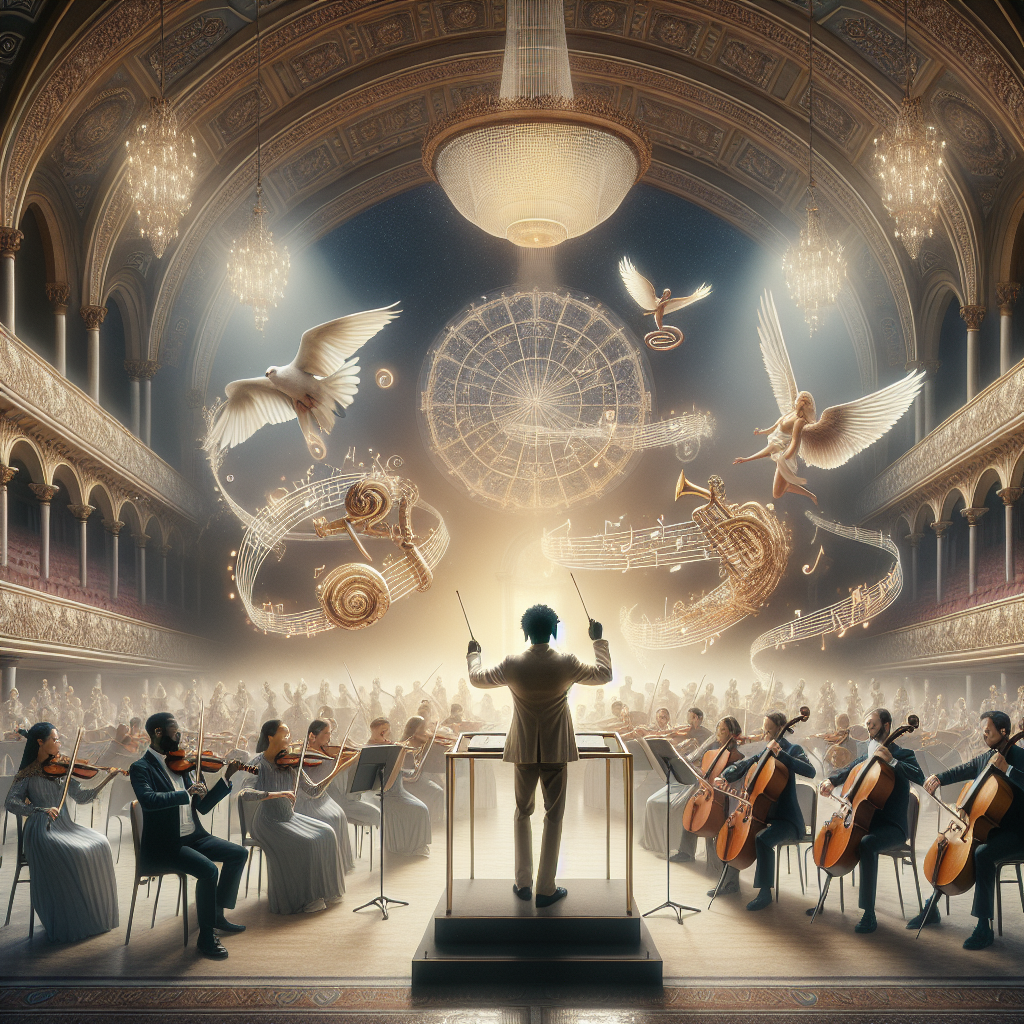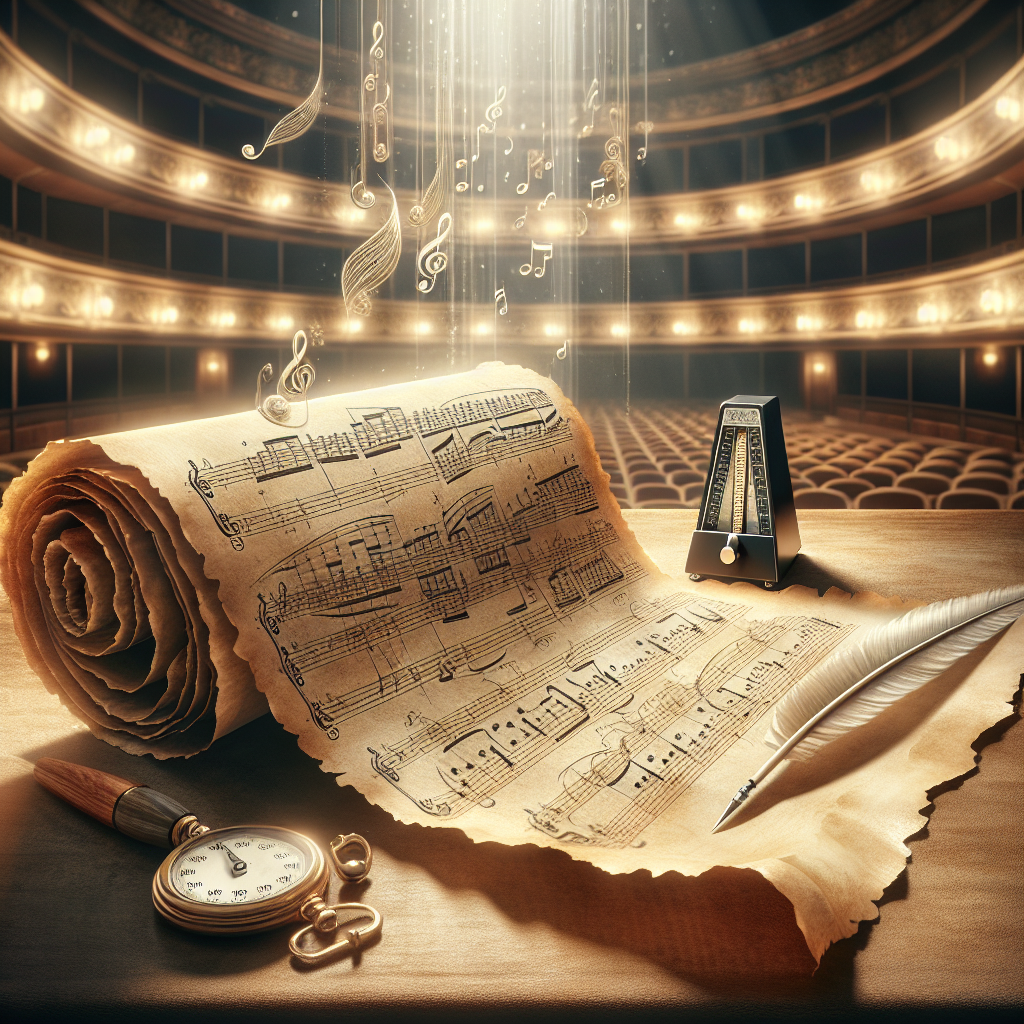Classical music, regarded as a sublime art over centuries, has spread its beauty and elegance across generations. Among the many forms of classical compositions, concertos retain a brilliant stage in the world of classical music. With their intricate details, dynamic shifts, harmonious interplay between instruments, a concerto can be viewed as a captivating diplomatic conversation between a solo instrument and an orchestra.
Understanding the Concerto
A concerto typically involves two major participants – a soloist and an orchestra, working in tandem to produce dynamic performances. The soloist can be an individual musician who plays the piano, violin, cello, or any instrument that can create harmony with the ensemble. The line-up often includes strings, brass, woodwinds, and percussion, which complements the tone and rhythm of the solo instrument.
Primary Elements of a Concerto
The presentation of a concerto is weaved amidst various elements like form, dynamics, tempo, and melody. The harmony between these elements defines the distinctiveness of the composition. Here are a few primary structures.
Three Movements
Classical concertos usually follow a three-movement structure consisting of a fast opener, a slow/lyrical middle, and a rapid, vigorous finale. The first movement often follows sonata form, comprising three sections: exposition, development, and recapitulation.
Dynamic Interaction
The essence of a concerto lies in the dynamic interaction between the solo instrument and the orchestra. This ‘dialogue’ is prominently featured in the first movement but is nonetheless present throughout the piece. The orchestra helps shape the thematic material and provides the backdrop for the soloist’s virtuosic displays.
Cadenza
The cadenza is often the highlight of the classical concerto, typically appearing near the end of the first and sometimes the last movement. It’s this portion where the orchestra falls silent, and the soloist takes the spotlight, showcasing their interpretative and technical prowess in this unaccompanied passage.
A Journey through Time
The mode of compositions and presentation of concertos have transitioned with time, mirroring the changes in society, culture, and musical taste. In the Baroque era, concertos reflected balance, with nuanced dialogue between the orchestra and soloist. The Classical era emphasized formalism and elegance, with Mozart and Haydn refining the concerto into the three-movement form. The Romantic era brought drama and passion into the concerto with enhanced orchestration and virtuosity, spearheaded by composers like Chopin, Brahms, and Tchaikovsky.
Conclusion
The concerto, with its intricate form, captivating dynamics, and the riveting interplay between the soloist and the orchestra, is a monumental pillar in classical music. It showcases not just the compositional genius of the creator but also the technical and interpretative skills of the performers. It touches the boundaries of human emotion and allows a glimpse into the minds of great composers. As we explore and understand this fascinating form of music, we find ourselves enthralled by its elegance, its passion, and its stunning ability to communicate profound thoughts and feelings beyond the realm of language.
Frequently Asked Questions
What is a classical music concerto?
A concerto is a musical composition typically involving a solo instrument accompanied by an orchestra. It usually consists of three movements: a fast opener, a slow/lyrical middle, and a rapid, vigorous finale.
What is the role of a soloist in a concerto?
The soloist plays a significant role in a concerto. They often engage in a “dialogue” with the orchestra, contributing to the overall theme and showcasing their virtuosity, particularly during the cadenza.
What is a cadenza in a concerto?
A cadenza is a section, usually located towards the end of the first and last movement, where the orchestra falls silent and the soloist is given a spotlight to showcase their musical skill and creativity in an unaccompanied passage.
How has the concerto evolved over time?
The concerto has evolved considerably over the centuries, reflecting changes in cultural, societal, and musical tastes. From the balance and nuanced dialogue of the Baroque era, to the formalism and elegance of the Classical era, to the drama and passion of the Romantic era, the concerto continues to evolve even today.
Why is understanding a concerto important?
Understanding a concerto is key to appreciating its beauty. This knowledge provides insight into the compositional genius of the creator, the technical and interpretative skills of the performers, and the concerto’s power to evoke deep emotions.




